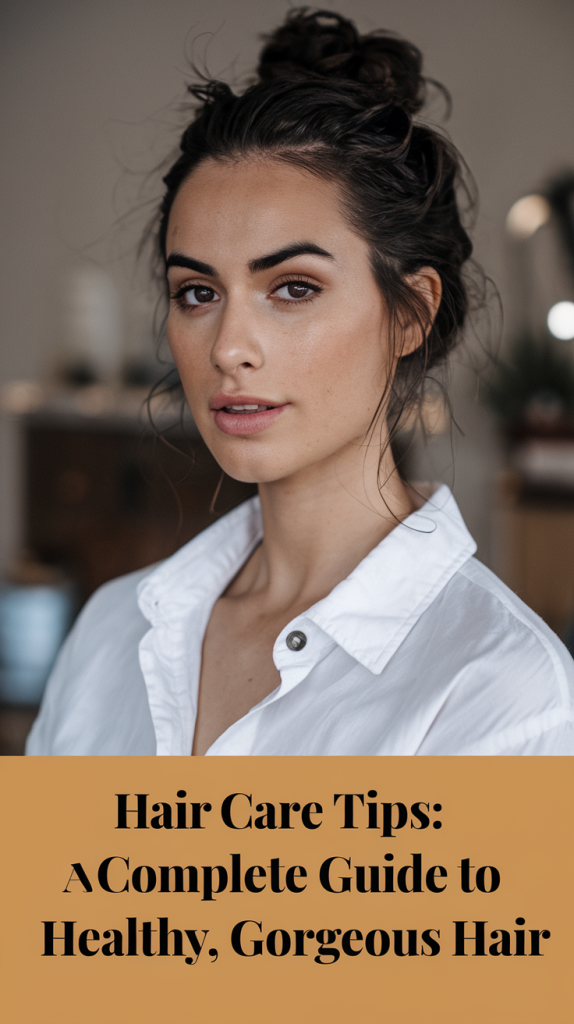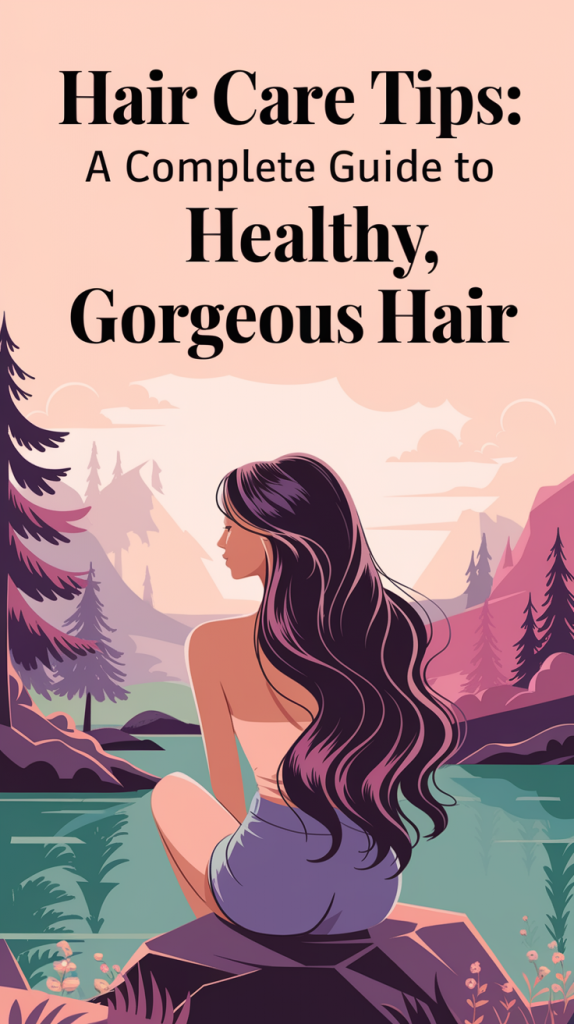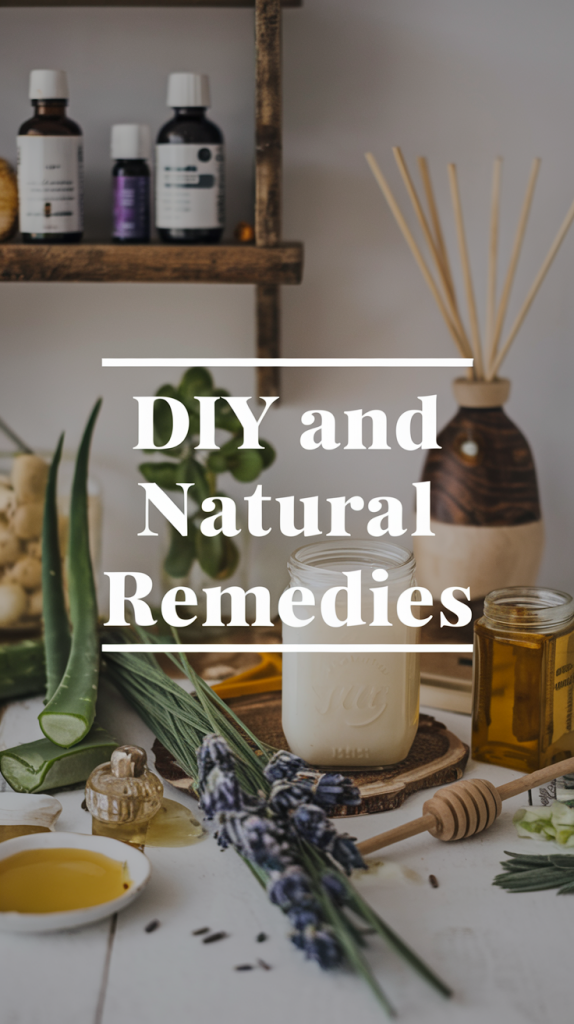Gesundes, kräftiges Haar zu erhalten, bedeutet nicht nur gut auszusehen – es geht darum, die individuellen Bedürfnisse Ihres Haares zu verstehen und es mit Sorgfalt zu behandeln. In diesem umfassenden Leitfaden teile ich meine Expertentipps und persönlichen Erfahrungen, um Ihnen zu helfen, wunderschönes Haar zu bekommen, unabhängig von Ihrem Haartyp oder Ihren Problemen.

Ihren Haartyp verstehen
Die Kenntnis Ihres Haartyps ist die Grundlage für eine effektive Haarpflege. Ob glattes, welliges, lockiges oder krauses Haar – jeder Typ hat einzigartige Eigenschaften, die eine maßgeschneiderte Pflege erfordern:
-
Straight Hair
: Often prone to oiliness; needs lightweight products to avoid buildup. -
Wavy Hair
: Balances between straight and curly; benefits from light hydration and frizz control. -
Curly Hair
: Requires extra moisture and gentle handling to maintain curl definition. -
Coily Hair
: Highly textured and prone to dryness; thrives on deep hydration and protective styles.
| Hair Type | Common Challenges | Suggested Care |
|---|---|---|
| Straight | Oiliness, lack of volume | Lightweight shampoos, volumizing sprays |
| Wavy | Frizz, dryness | Light hydration, anti-frizz serums |
| Curly | Tangles, dryness | Deep conditioning, co-washing |
| Coily | Breakage, dryness | Heavy moisturizers, protective styles |
Reinigen und Pflegen
Das richtige Shampoo und die richtige Spülung auswählen
Ihre Produkte sollten zu Ihrem Haartyp und Ihren spezifischen Bedürfnissen passen. Zum Beispiel:
-
Sulfate-free shampoos
: Gentle on hair, suitable for color-treated or curly hair. -
Moisturizing conditioners
: Ideal for dry or damaged hair. -
Clarifying shampoos
: Useful for removing product buildup but should be used sparingly.
Richtige Waschtechnik
-
Frequency
: Wash your hair 2-3 times a week to maintain natural oils. Adjust based on your lifestyle and hair type. -
Detangle Before Washing
: Use a wide-tooth comb to minimize tangles. -
Scalp Focus
: Massage shampoo into the scalp for a thorough cleanse. -
Thorough Rinse
: Ensure no residue remains to prevent buildup.
Trocknen und Stylen
Schonende Trocknungsmethoden
-
Microfiber Towels
: Reduce frizz and breakage by gently blotting excess water. -
Air Drying
: Whenever possible, let your hair air dry to minimize heat damage.
| Drying Method | Benefits | Recommendations |
| Microfiber Towels | Reduces frizz, prevents damage | Gently blot instead of rubbing |
| Air Drying | Prevents heat damage | Use leave-in conditioner |
| Blow Drying | Adds volume (with heat protect) | Keep on low heat setting |
Vorsichtsmaßnahmen beim Hitzestyling
-
Heat Protectants
: Always apply a protectant before using tools like curling irons or straighteners. -
Moderate Use
: Limit heat styling to 1-2 times a week.

Spezifische Haarprobleme angehen
Haarausfall
- Causes: Genetics, stress, poor nutrition.
- Solutions: Scalp massages, biotin supplements, and consulting a dermatologist for persistent issues.
Schuppen
- Remedies: Use shampoos with zinc pyrithione or natural remedies like tea tree oil.
- Prevention: Maintain scalp hygiene and avoid heavy oils on the scalp.
Trockenes Haar
- Treatments: Use hydrating masks weekly, such as avocado or yogurt masks.
- Daily Tips: Avoid overwashing and use leave-in conditioners.
Fettiges Haar
- Solutions: Use dry shampoo between washes and apply conditioner only to the ends.
- Clarifying: Use clarifying shampoos once a week to balance oil production.
Saisonale Haarpflege
Wintertipps
- Protect hair from dryness caused by heating systems with deep conditioners.
- Use hats or scarves lined with silk to minimize static and friction.
Sommertipps
- Protect from UV rays with SPF hair sprays.
- Hydrate hair with masks to counteract chlorine or saltwater exposure.
Ernährung und Flüssigkeitszufuhr
Eine gesunde Ernährung ist entscheidend für starkes, glänzendes Haar:
-
Omega-3 Fatty Acids
: Found in salmon, walnuts, and flaxseeds. -
Biotin
: Present in eggs, nuts, and sweet potatoes. -
Vitamins A, C, and E
: Support scalp health and promote growth. -
Hydration
: Drink plenty of water to keep your scalp moisturized.
| Nutrient | Benefit | Sources |
| Omega-3 Fatty Acids | Strengthens hair strands | Salmon, flaxseeds, walnuts |
| Biotin | Promotes growth | Eggs, almonds, sweet potatoes |
| Vitamin E | Prevents damage | Spinach, sunflower seeds |
DIY und natürliche Heilmittel
DIY-Haarmasken
-
Hydrating Mask
: Blend avocado and honey for moisture. -
Protein Mask
: Use eggs and yogurt for strength. -
Scalp Mask
: Mix aloe vera and tea tree oil for a healthy scalp.
Natürliche Spülungen
-
Apple Cider Vinegar
: Adds shine and balances pH levels. -
Green Tea
: Soothes the scalp and reduces irritation.
Werkzeuge und Zubehör
-
Use
wide-tooth combs
to detangle wet hair. -
Opt for
boar-bristle brushes
to distribute natural oils. -
Sleep on
silk pillowcases
to reduce friction and prevent frizz. -
Avoid
elastic bands
that tug on hair; use scrunchies or spiral hair ties.
FAQs
F1: Wie oft sollte ich meine Haare waschen?
Das hängt von Ihrem Haartyp und Ihrem Lebensstil ab. Im Allgemeinen sind 2-3 Mal pro Woche ideal.
F2: Was kann ich tun, um Spliss zu vermeiden?
Vereinbaren Sie alle 6-8 Wochen einen Friseurtermin, verwenden Sie Hitzeschutzmittel und vermeiden Sie übermäßigen Gebrauch von Hitze-Stylinggeräten.
F3: Wie pflege ich coloriertes Haar?
Verwenden Sie Shampoos für coloriertes Haar, intensive Pflegekuren und begrenzen Sie die Sonneneinstrahlung und den Kontakt mit Chlor.
F4: Was sind die Vorteile von sulfatfreien Shampoos?
Sie sind sanfter, erhalten die natürlichen Öle und sind ideal für empfindliche Kopfhaut und coloriertes Haar.
F5: Wie kann ich mein Haar vor Umweltverschmutzung schützen?
Tragen Sie Hüte oder Schals und verwenden Sie Produkte mit Antioxidantien, um Ihr Haar vor Umweltschäden zu schützen.
F6: Gibt es spezielle Tipps für lockiges Haar?
Ja! Lockiges Haar profitiert von Co-Washing (Verwendung von Spülung anstelle von Shampoo), regelmäßigen intensiven Pflegekuren und der Vermeidung von Sulfaten und Silikonen.
